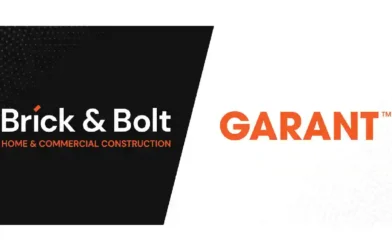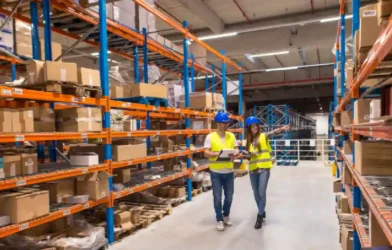Subtotal ₹0.00
Badly hit by the global headwinds due to the pandemic and Ukraine war, the industrial and logistics sector has staged a smart recovery with second highest leasing activity after 2019
According to the latest report by CBRE, I&L sector leasing grew by 8% Y-o-Y to touch 31.6 mn sq. ft. in 2022 despite global headwinds, and a slowdown in e-commerce demand and dissipation of the post-pandemic need to hold additional inventories. This is the second-highest leasing activity recorded in the I&L sector after the 2019 peak of 32 mn sq. ft. The total supply in 2022 touched 20.9 mn sq. ft.
Delhi-NCR led the absorption with 7.3 mn sq. ft., followed by Mumbai and Bangalore with 6.1 mn sq. ft and 5.2 mn sq. ft in 2022, respectively. The three cities accounted for almost 60% of the leasing activity during the year. All cities recorded stable or increased annual space take-up except Bangalore and Pune.
3PL players accounted for about half of the annual space take-up, driven by heightened demand from interlinked stakeholders across the supply chain (wholesalers, retailers, & e-commerce players) for the need to shore up distribution capabilities. Over the last five years, 3PL players have cumulatively leased more than 60 million sq. ft across India. A majority of this space take-up was led by domestic occupiers. Engineering & Manufacturing firms picked up pace in 2022 with a share of about 16% in total leasing compared to 10% in 2021. For local engineering and industrial players, government policy enablers like the Production Linked Incentive (PLI) programme worked as a growth stimulant.
Space take-up was dominated by small-sized transactions (<50,000 sq. ft.), with a share of about 40% in 2022. The share of medium (50,000 – 100,000 sq. ft.) and large-sized (more than 100,000 sq. ft.) transactions was about 29% and 31%, respectively during 2022. Mumbai, followed by Delhi-NCR dominated large-sized deal closures in 2022, together accounting for about 44% of large-sized deals. In 2022, 3PL, followed by engineering & manufacturing firms, drove large-sized deal closures with a total share of about 65%.
Led by improvement in leasing sentiments, sustained demand for investment grade assets, and rise in input costs, quoted rental values increased on an annual basis in most micro-markets across cities in 2022. Only Chennai and Ahmedabad witnessed stable rents during the year. 20-30% Y-o-Y growth was witnessed in Pimpri – Chinchwad and Chakan – Talegaon, whereas Hyderabad witnessed 23-25% Y-o-Y growth in Northern Corridor. Bangalore witnessed rental growth of 18-20% Y-o-Y in the Western Corridor.
According to Anshuman Magazine, Chairman & CEO – India, South-East Asia, Middle East & Africa, CBRE, the intent to strengthen supply chain among global and domestic companies drove the leasing activity in 2022. Further, the leasing activity in 2023 is expected to remain range-bound, driven by sustained demand from 3PL, engineering & manufacturing, and retail firms. On the supply front, we foresee project completions to exceed the 2022 levels and be in line with space take-up during 2023.”
Ram Chandnani, Managing Director, Advisory & Transactions Services, CBRE India, opines that 3PL firms will drive leasing activity as companies look to shore up their distribution capabilities. Moreover, rental growth is likely to continue in micro-markets driven by high-quality project completions and the supply-demand imbalance.
On a half-yearly basis, the I&L sector witnessed a 46% jump in absorption, which touched 18.8 million sq. ft. in July – December ’22 period compared to 12.9 million sq. ft. in January- June ‘22. This was led by sustained leasing by 3PL players (51%), engineering & manufacturing firms (16%), and retailers (8%). Delhi-NCR, Mumbai, and Bangalore led space take-up in H2’22 with a combined share of about 61% in the total absorption.
During Jul – Dec ’22 period, supply addition improved by 11% on a half-yearly basis to ~11 mn sq. ft. These development completions were led by Delhi-NCR, Chennai, Bangalore, and Mumbai, all of which together accounted for about 73% of the total supply.













